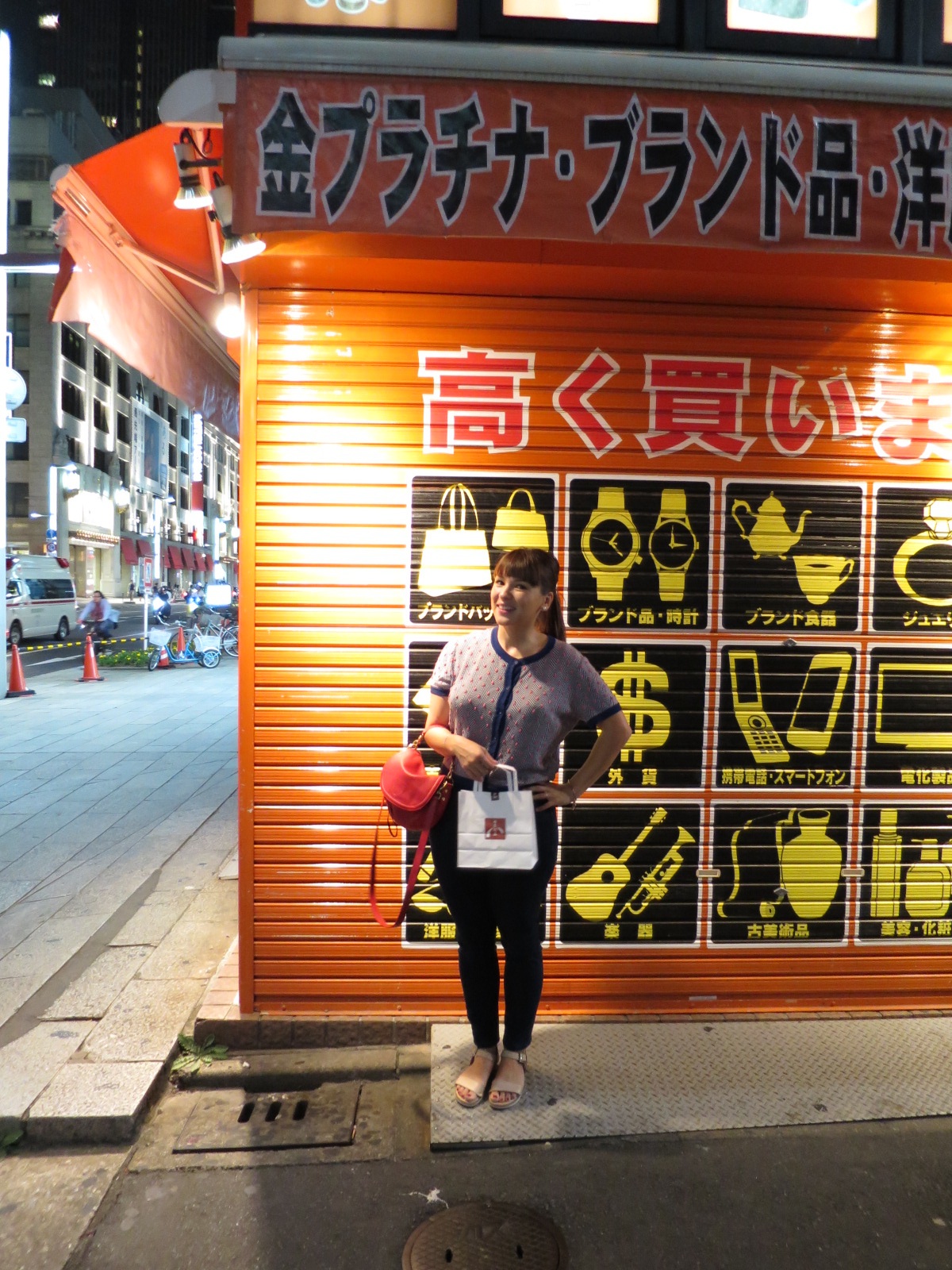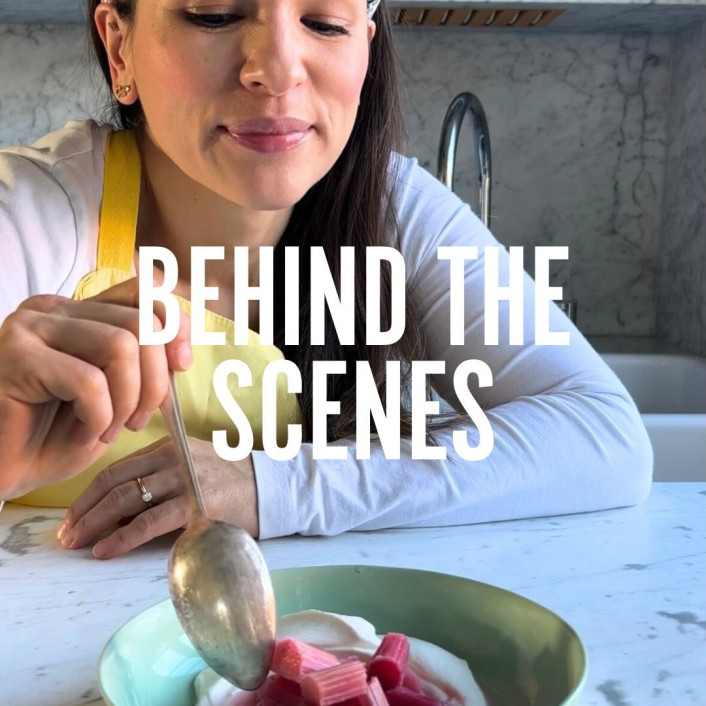What to buy in Japan
This post is sponsored by Inside Japan and ANA, but all views and opinions expressed are my own.
I don’t consider myself a shopaholic as such, but my visit to Japan brought out the spender in me. The beauty of their ceramics, papers, stationery and pens, paired with the voice in my head reminding me ‘how often to you have the opportunity to shop in Japan’ left me frantically tracking down an extra bag to check in with my new purchases.
And thanks to ANA’s business class generous baggage allowance, weight was no deterrent to my spending. So a little piece of advice to those of you who love pretty things, beautifully hand-crafted things and Japanese things in general. Bring an extra bag, because these are among the stunning things you’ll want to stockpile in the home of wabi-sabi.
Stationery
This is probably where the spending started. Armed with a handful of recommendations, I headed to the smart district of Ginza which houses some of the powerhouse fashion brands, as well as the powerhouse of the stationery world – Ito Ya. Marked by a large paper clip on the exterior, the main branch of this stationery superstore is housed over five floors, encompassing origami papers, glues, pretty notebooks, washi tapes, pens in every nib shape and colour and stickers; many, many stickers. I remerged about an hour and a half later armed with every stationery-related item under the sun. It’s an unmissable destination for any paper and pen fetishist.
Also check out Tokyu Hands (12-18 Udagawa-cho, Shibuya-ku, Tokyo)
Kitchenware from Kappabashi
Kappabashi is a densely packed district of kitchen paraphernalia in Tokyo. I had a feeling it would be pretty good, but nothing prepared me for the absolute wonderment it would inspire. Tyler, a Tokyo resident and tour guide for Inside Japan, took us there for a recce and it appeared to evoke as much enthusiasm in him as it did us. Kitchenworld was one of the best shops on the never-ending strip of kitchenware shops, with its range of Japanese enamelware by Noda Horo. It’s also good fun to check out the amusing stores specialising in selling the ubiquitous plastic foods displayed outside restaurant doors, from endless varieties of ramen to spaghetti Bolognese and chicken schnitzel.
Washi
To my slight regret, I failed to bring any washi home due to the perils of tears and pleats. This traditional Japanese paper is made from the long inner fibres of three different plants. It’s yet another technique where the Japanese have taken inspiration from the Chinese, then gone and made an art form out of it (and done so some 600 years before Europe even started producing it).
We visited Kyukyodo, which opened its first branch in 1663 in Kyoto and is still run by the same family that founded it. You can pick up a selection of the beautifully textured papers, decorative or simple.
Ceramics
Kappabashi boasts its fair share of ceramics in an easy to navigate concentrated zone, but hunting down the off-the-beaten track ceramic shops is well worth the struggle (Tokyo is possibly one of the hardest to navigate cities in the world it turns out). Between Kyoto and Tokyo, there were plenty of places to stock up on unique props, which I can’t wait to use on upcoming shoots.
Here are a couple of good places I found:
Kidoairaku, Nishiki market, Kyoto (pictured above)
Kagure, Shibuya-ku, Tokyo
Woven Wire
Thanks to Monocle magazine I came across the work of a Kyoto craftsman, Kenaami Tsuji, who specialises in the art of Kyo-Kanaami (metal knitting). From tofu servers and tea strainers, through to lamp shades and woven wire baskets, Kanaami Tsuji’s copper creations in the traditional chrysanthemum pattern are practical and make stunning collectables.
Wagashi
Beyond Paris I have rarely seen patisserie displays quite as perfect and pretty as here in Japan. Take a look at some of the amazing things I tried in my latest YouTube video 'Things I ate in Japan'.
http://youtu.be/XSVo2BbFt3Y
The aptly named Tokyo Food Show is the Tokyo equivalent of Selfridges Food Hall, but on a crazy hectic scale. It's a good place to get a thorough overview of the nation’s wagashi – traditional sweets. You can also see the process behind some of the Japanese sweets such as the bizarre 'warabimochi': jelly-like confections that wriggle around before getting tossed in toasted soybean flour.
Mochi – glutinous rice balls, often filled with red bean paste, but best of all, filled with ice cream. Try Mochi Cream.
Cream Pan at Hattendo – is the place to go for a soft on the outside creamy on the inside bun.
For Osaka cheese cake, light, airy and totally moorish - try Rikuro at Osaka's train station.
Tokyo Food Show - for everything sweet, savoury and a bit crazy.
With big thanks to Inside Japan and ANA, without whom this trip wouldn't have been possible. Special thank you to Inside Japan for organising a fantastic day out with tour guide extraordinaire Tyler Palma.








